Glass artist Antoine Pierini, who heads a studio and gallery in Biot, has a number of works on display around the world and, this summer, in Monaco. Glass is a family passion that he is stretching to new limits in his work.
Glass and the Pierini family – a story that started in Biot
Yes. I'd point out that there are two schools of French glass: the Nancy school with Emile Gallé and the Biot school with Eloi Monod. After Monod had started the Verrerie, the Biot glassworks, in 1956, a lot of other glassworkers set up in the village too. Monod started doing bubble glass as a result of a happy accident, and he revolutionised the craft by inviting the public behind the scenes to watch. In those days, Biot was associated with glassware for the table. My father and uncle worked at the Verrerie and later went their own way. They belonged to the pioneer generation who learned everything from scratch. Craft glass work encompasses several crafts; some have evolved from there towards the decorative arts, sometimes going as far as contemporary sculpture.
Tell us about your studio-gallery
The building is nearly 600 years old. From 1748 it was used as an oil mill. In fact, it was the largest communal oil mill in Biot. My parents bought it in 1980, the year I was born. They did some initial renovation work and in the past ten years my partner Gaëlle and I have done some major refurbishment. So this is where I work and show my pieces, and other artists pieces as well. We have artists who are permanently in the region.
How did you develop your artistic culture?
I grew up in a glass-working environment, and then I was lucky enough to be able to travel a lot, going to opening nights at galleries and museum exhibitions. That trains the eye. My first visit to the Chihuly Garden and Glass Museum in Seattle made a big impression on me. The glass blowers I knew mostly kept to themselves, we didn't all know each other, and there it was the reverse! Dale Chihuly is one of the greatest stars of the glass art world. So I'm a fervent admirer of his stuff, and William Morris's folk-inspired work, and the more organic glass of Lino Tagliapietra. On the French side I love what Othoniel does. His Paris Metro station entrance is well known; these days he's doing glass brick installations. And I'm a big fan of Arman and Klein.
So you turned from glass craft work to glass art
Yes. I started off sculpting from the block, not blowing the glass. For many years glass workers were known for their technical skill, which they demonstrated mainly through the symmetry of each piece. I was never interested in competing that way. I might sometimes make symmetrical pieces, but what interests me most are movements and accumulations. I make each piece myself, like a craftsman, but I conceptualise it first; I write, the better to transcribe. And I like staging my works. I've gradually come to do more than just glass, calling on electricians, marble carvers, ornamental metal workers and such. So I moved from making decorative objects to taking an artist's approach. It's been a long process, but I always had that in me.
What are you showing at the Monte-Carlo Bay Hotel & Resort?
Two series. Inside, I'm showing Vestiges contemporains – "contemporary remains", a contradiction in terms. These are reinvented amphorae and jars inspired by the world of ancient Greece and Rome. In fact, I'm very much influenced by Mediterranean heritage. That comes from my mother, who is also very committed to the environment. It was on our first foreign trips that I discovered Pompeii and Herculaneum in Italy, the archaeological museum in Athens, Santorini in Crete, then Tunisia. Outside the hotel I'm presenting my Bambous series, inspired by the nobility and humility of the bamboo plant. These are large-scale works; some are as tall as 4.5m.
Are there other series characteristic of your work?
There's Dunes, consisting of concave and convex blown glass forms that can be fitted together in different ways. I wanted to suggest the way dunes are constantly being reshaped by the wind. I also have a series of solid sculptures called Apesanteur, with bands of colour floating in transparent glass. The glass is heavy, but the treatment is deliberately ethereal. I have an idea of restraint and simplicity in all my work. It's contemplative, meditative. And finally there's On the Rock, a series that started with stones from the Vallée des Merveilles. I did some with stones from Mount St. Helens; they are on show at the Museum of Glass in Tacoma, Washington State, which displays the art of Tagliapietra and Chihuly. I'm the only French glass artist to have that good fortune.
Par Tanja Stojanov














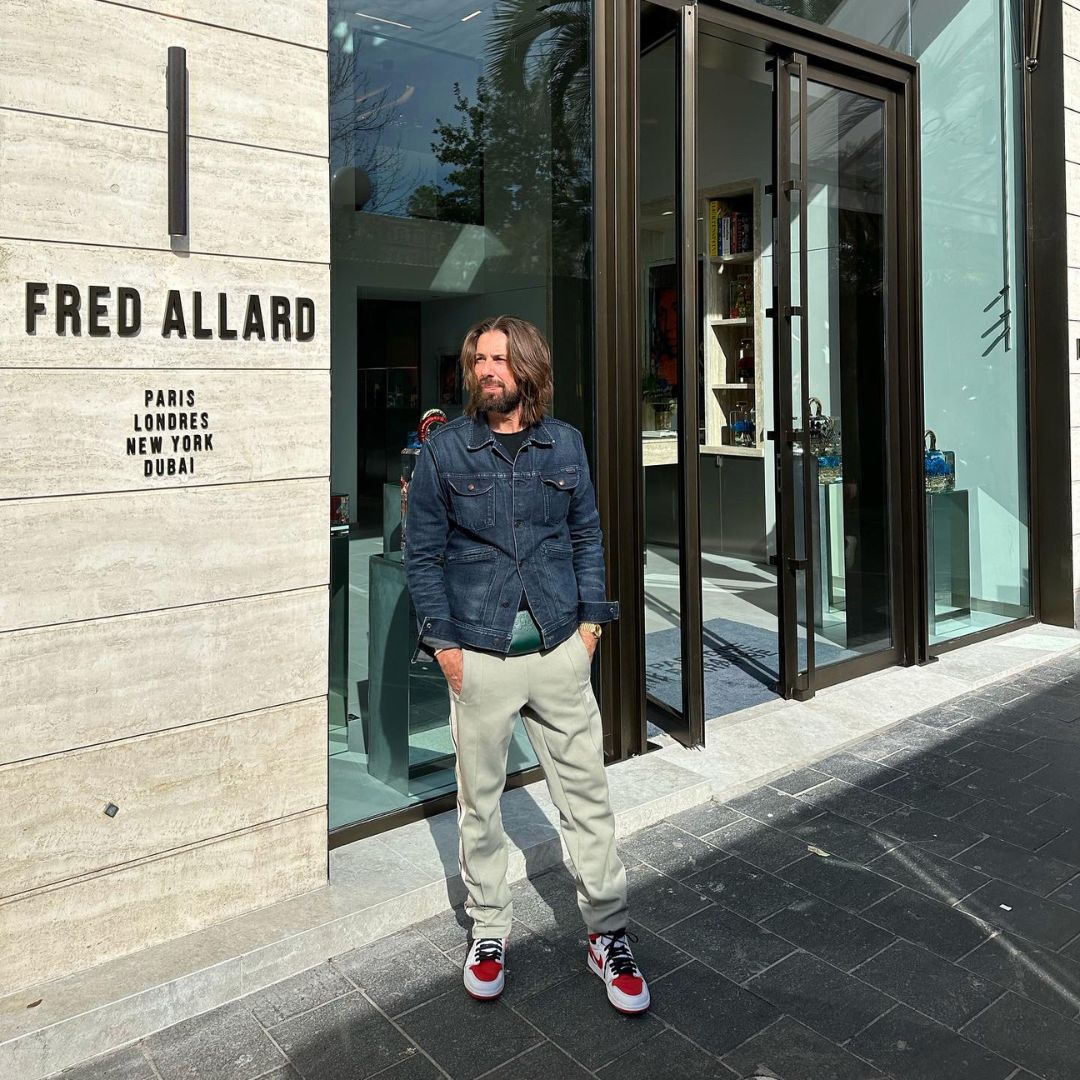





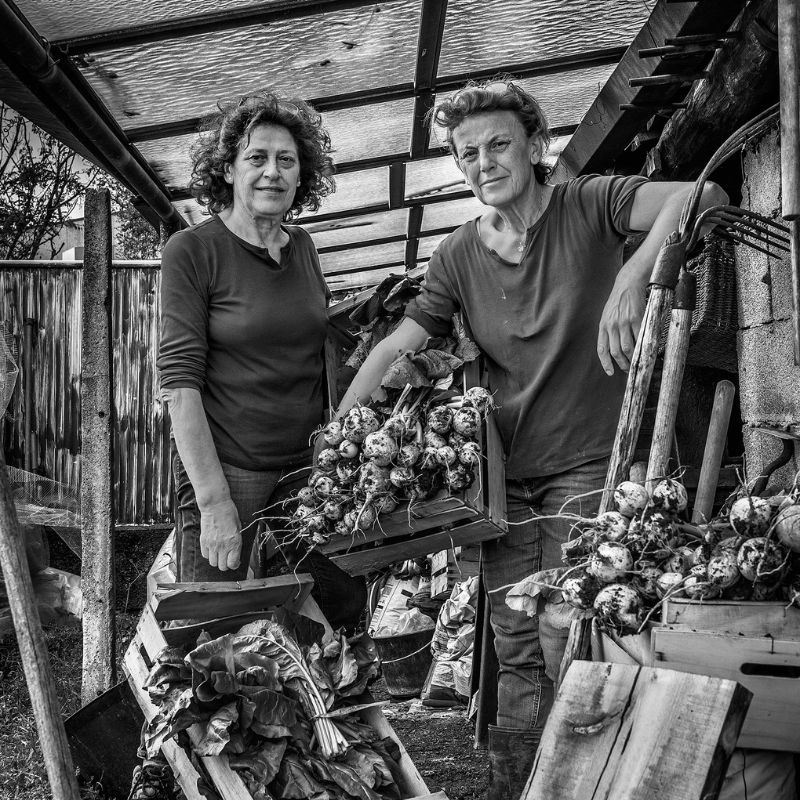

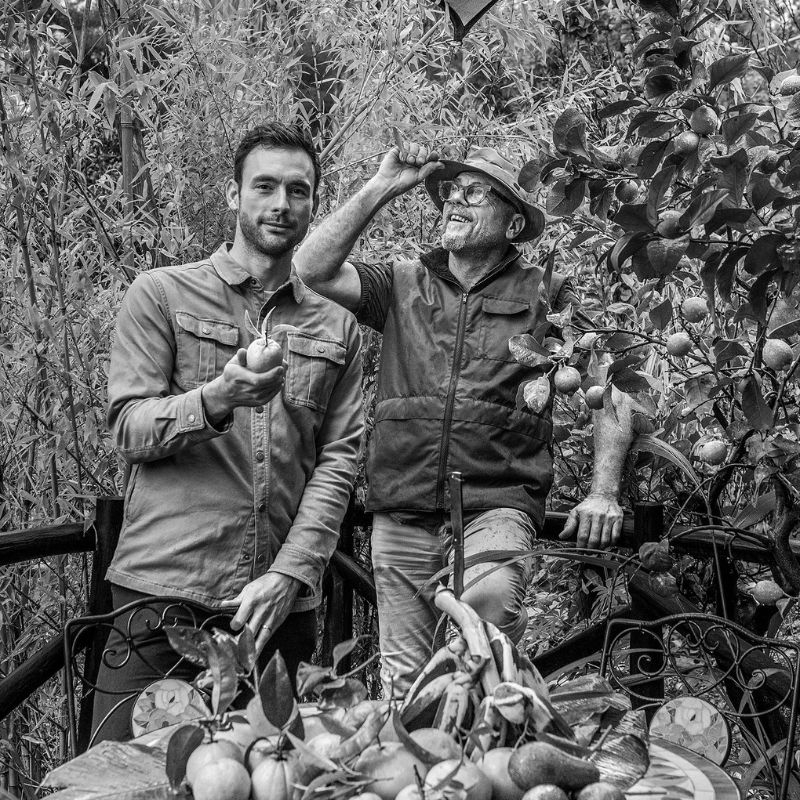
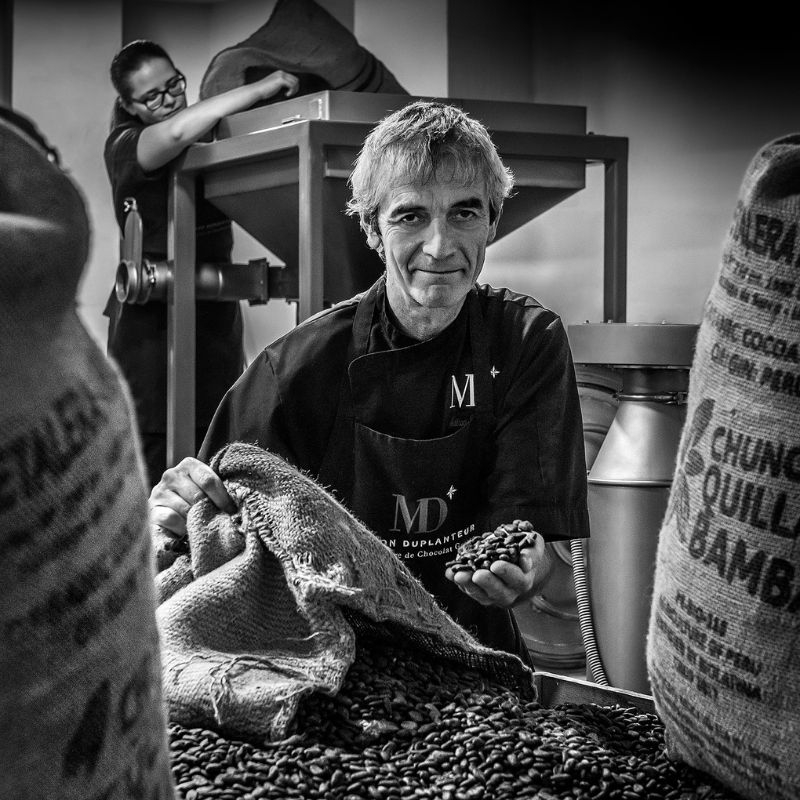
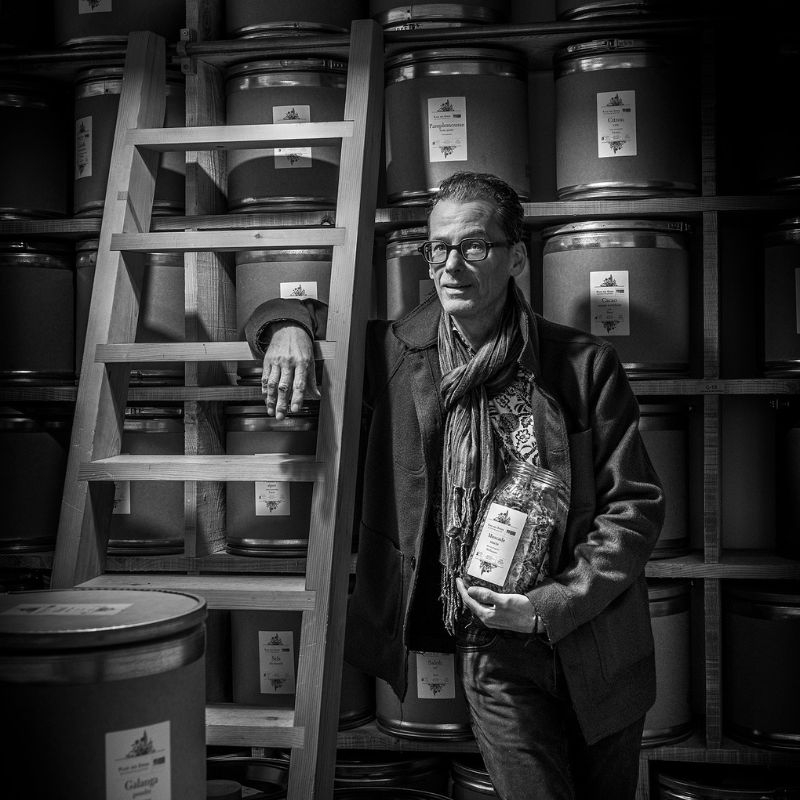


 Côteweb 2021, création de site Internet sur Nice
Côteweb 2021, création de site Internet sur Nice